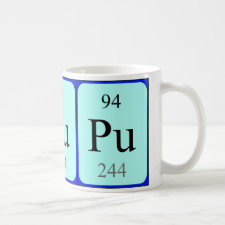
Authors: Monier M, El-Mekabaty A, Abdel-Latif DA
Article Title: Synthesis and evaluation of enantio-selective l-histidine imprinted salicylic acid functionalized resin.
Publication date: 2018
Journal: Reactive and Functional Polymers
Volume: 128
Page numbers: 104-113.
DOI: 10.1016/j.reactfunctpolym.2018.04.011
Alternative URL: https://www.researchgate.net/publication/324708693_Synthesis_and_evaluation_of_enantio-selective_L-histidine_imprinted_salicylic_acid_functionalized_resin
Abstract: An enantio-selective l-histidine imprinted polymeric resin was fabricated and evaluated for enantiomeric resolution of histidine racemate. The polymerizable chiral salicyloyl-l-histidine amide was first synthesized and anchored onto a polymeric resin network via condensation polymerization with resorcinol and formaldehyde. l-histidine template molecules were then extracted out of the resin texture via alkaline hydrolysis of the amide bond using sodium hydroxide. The synthetic steps were monitored by means of instrumental techniques including elemental analysis; mass spectra along with both Fourier transform infrared and nuclear magnetic resonance spectroscopy. In addition, the surface morphologies of both imprinted and non-imprinted resins were visualized using scanning electron microscope and the images indicated a relatively rougher surface in case of the imprinted resin. Also, the complete extraction of the template l-histidine molecules was assured using energy-dispersive X-ray spectroscopy, which indicated the absence of nitrogen upon alkaline treatment of the synthesized l-histidine containing resin. Selective adsorption experiments indicated that the maximum adsorption was achieved at pH 8 and followed the pseudo-second-order kinetic model with extracted amounts of 165 ± 1 and 90 ± 1 mg/g with respect to l- and D-histidine, respectively. Moreover, Langmuir model displayed the best fit with the experimentally obtained isotherm data and the maximum adsorption capacities were 195 ± 1 and 102 ± 1 mg/g with respect to l- and d- histidine, respectively. The enantiomeric resolution of d/l-histidine racemate was also carried out utilizing a column backed with the imprinted resin and the outlet collected solution displayed an optical activity related to 36% d-histidine enantiomeric excess
Template and target information: salicyloyl-l-histidine amide, l-histidine, hstidine
Author keywords: Molecular-imprinting, histidine, salicylic acid, adsorption



Join the Society for Molecular Imprinting

New items RSS feed
Sign-up for e-mail updates:
Choose between receiving an occasional newsletter or more frequent e-mail alerts.
Click here to go to the sign-up page.
Is your name elemental or peptidic? Enter your name and find out by clicking either of the buttons below!
Other products you may like:
 MIPdatabase
MIPdatabase









